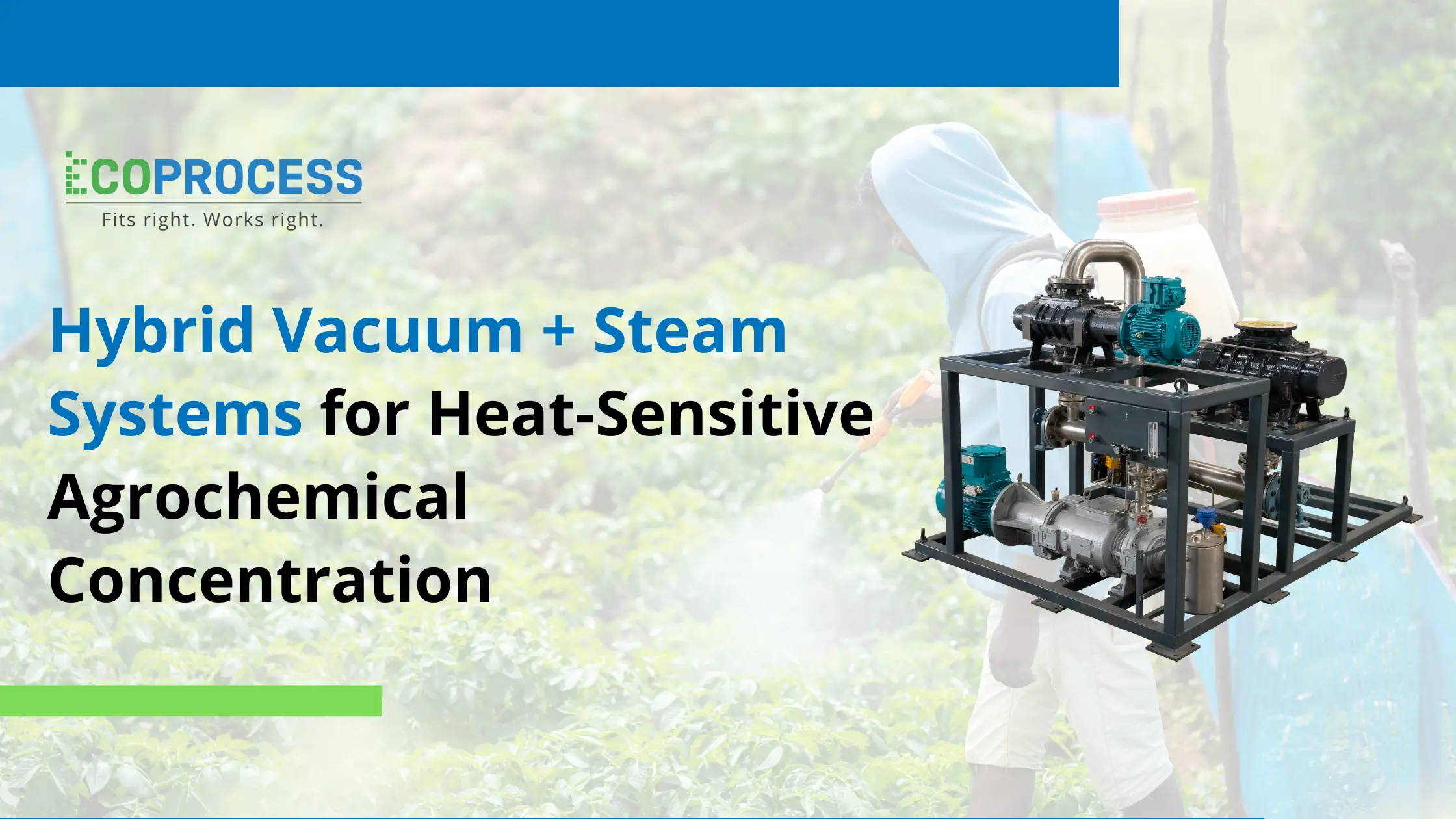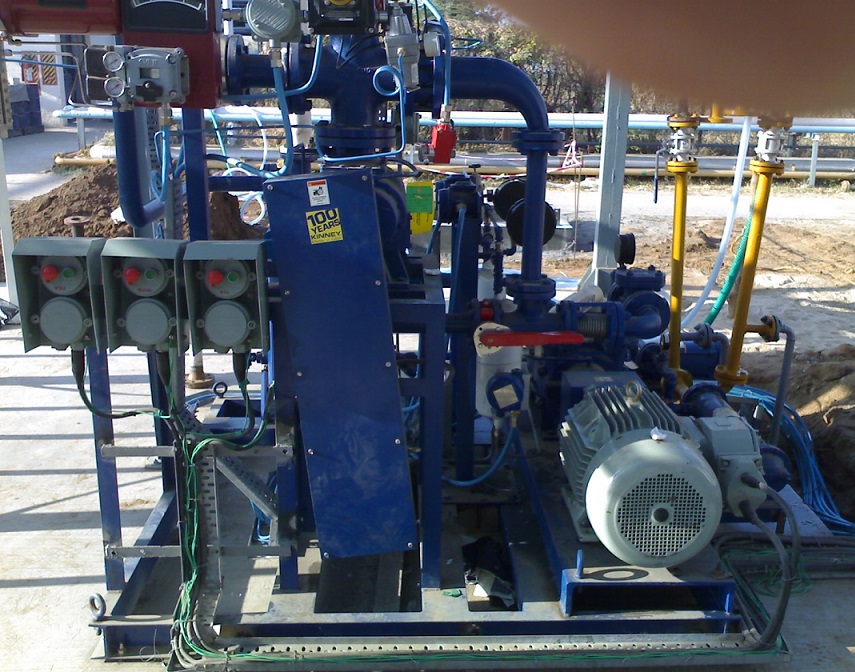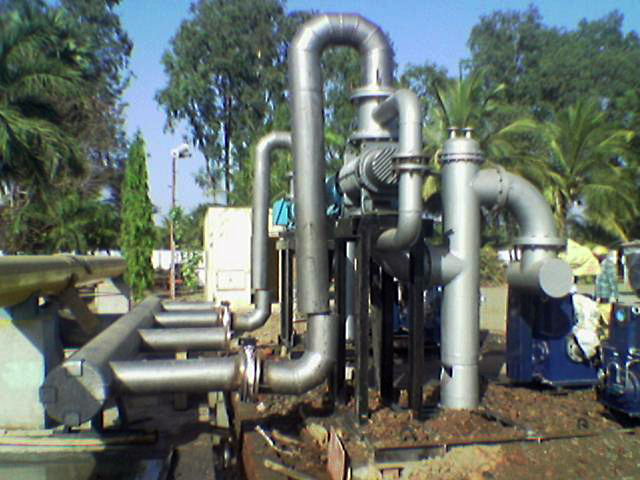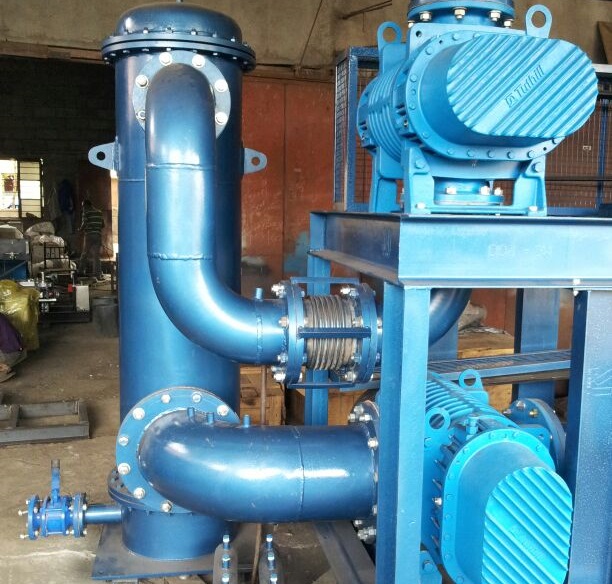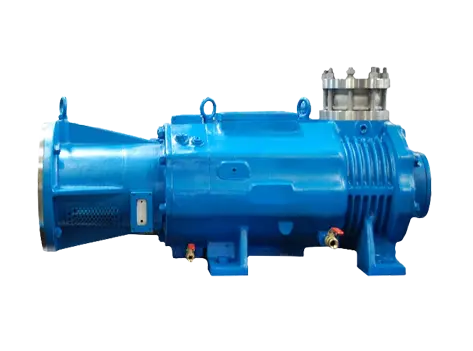
Vacuum Technology in Food & Beverage Processing
In today’s food and beverage industry, the pressure never stops. Producers are expected to make products that last longer, taste fresher, and meet the highest safety standards, all while cutting energy use. One of the quiet heroes helping make that possible is vacuum technology.
From the vacuum evaporators used in dairy processing to the vacuum packaging that keeps finished goods fresh, this technology touches nearly every stage of modern food production. It’s often working in the background, but its impact shows up on every shelf, in cleaner flavors, better textures, and safer products that last longer.
In this article, we’ll look at why vacuum systems are so important for food safety, how they’re used in everything from dairy and beverages to snacks and sauces, and how they stack up against traditional processing methods.
Importance of Vacuum in Food Safety
Food safety really comes down to managing three things: microorganisms, oxygen, and moisture. And vacuum technology quietly helps control all of them.
By removing air and with it, oxygen from the processing or packaging environment, vacuum systems make it much harder for aerobic bacteria and mold to grow. That’s why vacuum packaging has become a go-to method for extending shelf life. With less oxygen inside, spoilage slows dramatically.
Vacuum drying and evaporation go a step further by reducing water activity, one of the key factors in microbial growth. Since the pressure is lower, boiling points drop too, which means products can be heat-treated at gentler temperatures. That helps preserve more of their nutrients, color, and flavor.
Even after production, vacuum sealing keeps food safe and stable during transport and storage. It acts like a protective barrier, maintaining freshness while shielding against oxidation and contamination.
Applications in Dairy, Beverages & More
Vacuum systems show up in more places across the food and beverage supply chain than most people realize from the first stage of ingredient prep all the way to the final seal on a package.
1. Dairy Processing
In dairy plants, vacuum evaporators are used to concentrate milk, whey, or cream under reduced pressure. Because the process happens at lower temperatures, it helps preserve flavor and proteins that would otherwise be damaged by heat. Plus, compared to traditional open-pan methods, it uses less energy and produces higher yields, a win for both quality and efficiency.
2. Beverage Concentration and Cooling
When it comes to fruit juices, plant-based drinks, or even alcoholic beverages, vacuum evaporation removes excess water or unwanted volatiles without stripping away flavor or aroma. It’s also used for rapid vacuum cooling, a technique that quickly chills liquids and heat-sensitive foods, locking in freshness and improving safety.
3. Snack Production and Vacuum Frying
Vacuum frying has become a game changer for healthier snacks like vegetable or fruit chips. Cooking under vacuum means lower temperatures, less oil absorption, and fewer harmful compounds such as acrylamide. The result is a crisp product with better color, cleaner flavor, and a lighter nutritional profile.
4. Packaging and Preservation
Finally, vacuum packaging keeps food fresher for far longer, often up to five times longer than traditional methods. It’s a staple for cheese, meat, sauces, and ready meals, helping reduce food waste and making storage and transport more efficient across the supply chain.
Advantages Over Traditional Methods
Vacuum technology brings a long list of advantages to modern food processing many of which you can taste, see, and measure.
Lower temperatures, better quality: Because products are processed under reduced pressure, they can be heated or concentrated at lower temperatures. That means flavors stay brighter, nutrients are preserved, and textures remain closer to their natural state.
Longer shelf life: Taking oxygen and moisture out of the equation dramatically slows down microbial growth and oxidation, two of the biggest causes of spoilage.
Energy savings: Since boiling points drop under vacuum, less heat energy is needed to evaporate or dry ingredients. That’s good news for both energy bills and sustainability goals.
Less food waste: Vacuum packaging helps stop spoilage and freezer burn before they start, keeping food fresher for longer and cutting down on product loss.
Better hygiene: Closed vacuum systems limit contamination and make it easier to maintain consistent product quality from batch to batch.
More process flexibility: The technology also opens up creative possibilities — from vacuum-infused marinades to gentle concentration of delicate beverages and fruit extracts.
All in all, vacuum systems help manufacturers meet the growing demand for clean-label, high-quality, and sustainable foods all while improving efficiency behind the scenes.
Conclusion
Vacuum technology has quietly become one of the cornerstones of modern food and beverage production. From concentrating milk and juice to frying snacks at lower temperatures and sealing in freshness, it gives manufacturers the control they need to balance quality, safety, and efficiency.
And as today’s consumers keep reaching for foods that are fresher, cleaner, and last longer, the role of vacuum systems will only grow. They’re not just pieces of equipment anymore, they’re essential partners in creating sustainable, high-quality products that define the next era of food processing.
Frequently Asked Questions (FAQs)
1. Why use vacuum technology in food processing?
Vacuum systems let manufacturers process foods at lower temperatures, which helps protect delicate flavors and nutrients that would otherwise break down under heat. They also boost food safety by removing oxygen, the main driver behind microbial growth and oxidation.
2. Which foods benefit most from vacuum processing?
You’ll find vacuum systems in everything from dairy and fruit juice to sauces, snacks, and ready-to-eat meals. In dairy plants, vacuum evaporators concentrate milk and whey efficiently, while vacuum frying turns fruit and vegetable slices into crisp, healthier chips with less oil and better color.
3. How does vacuum processing improve shelf life?
When you take away air and excess moisture, you create an environment that bacteria and mold can’t thrive in. That’s why vacuum packaging is so effective, it can extend the shelf life of certain foods up to five times longer than conventional storage methods.
4. Is vacuum technology energy-efficient?
Absolutely. Because liquids boil at lower temperatures under vacuum, processes like drying and concentration need far less heat energy. That means lower power use and operating costs especially in energy-intensive sectors like dairy and beverage production.

